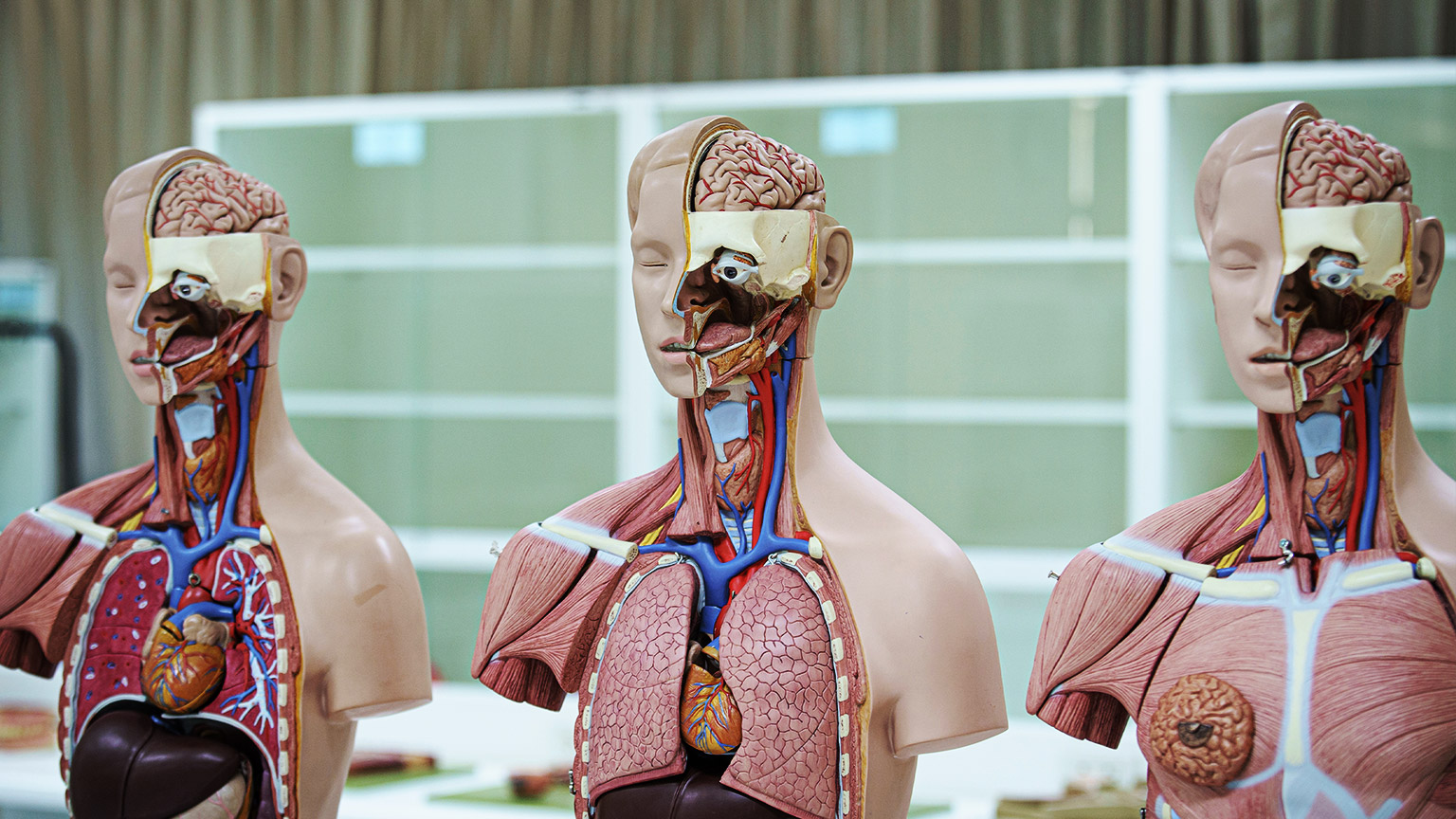- An introduction to your first online learning lesson
Why learn this?
Understanding commonly used terms is an essential skill for a role in the health and fitness industry. Using anatomical terminology professionally and accurately will assist you to advance and maintain your career. Anatomical terminology is the 'language' you will use when communicating with a wide variety of people in the industry, such as:
- clients (new and existing)
- colleagues (other fitness trainers and managers for example)
- allied health professionals (physiotherapists, chiropractors, GPs, specialists, massage therapists, carers and more)
- industry leaders.
Being able to use and adapt your terminology is an asset that will help you become a reputable representative of the industry and give you confidence in yourself. It will allow you to access and understand scientific research allowing you to further your professional knowledge.
In your first face to face class this week, we covered some of the key anatomical terminology you will need to know for this course including the following:
- The anatomical position
- Body cavities and the organs within them; and
- Directional terms for describing the location of body parts
The following task is a mini quiz related to these topics. Feel free to look over the course notes in your learner resource before you start. Answer each question, then click on the arrow underneath to move to the next question. There are 10 questions in this task.
H5P here
In anatomy and physiology, directional terms indicate the relation/location of one body part or organ to another. As we discussed in our face-to-face learning, we presume that a body has adopted the anatomical position when identifying the structures of the body using directional terms. Under this standard, every organ or body part can be accurately and consistently described in relation to any other body part or organ.
When you use directional terms to describe an organ or structure’s location, it is helpful if you give a reference point. For example, saying 'The kidney is inferior' doesn't tell us too much because we don't have a point of reference. We are left thinking inferior to what or where? By using another object of known location, we can tailor this statement to give more context to the location. For example, if you said “the kidneys are lateral and slightly posterior to the spine and inferior to the ribcage” it gives us a much clearer picture of their location.
The following activity is designed to recap on the learning you did in class earlier this week using directional terms. It assesses your understanding of the 10 key directional terms and their meaning. Feel free to read over the course notes in your learner resource before starting the task.
H5P here
This task contains two sets of four statements that describe the location of a body part. A list of potential body parts is listed underneath the statements. Use the directional terms within the statements to try and work out which body part’s location is being described. When you think you know what the body part is, drag and drop the body part to the end of the description statement.
H5P here
We have now covered some basic terminology that will be useful for your ongoing study in this course. There is plenty more to come! Remember to write any new (or tricky) terminology in the glossary section at the back of your learner resource. As new terminology is introduced, you can add to this list of new words and meanings. Next, we explore the body’s framework – The Skeletal System.
